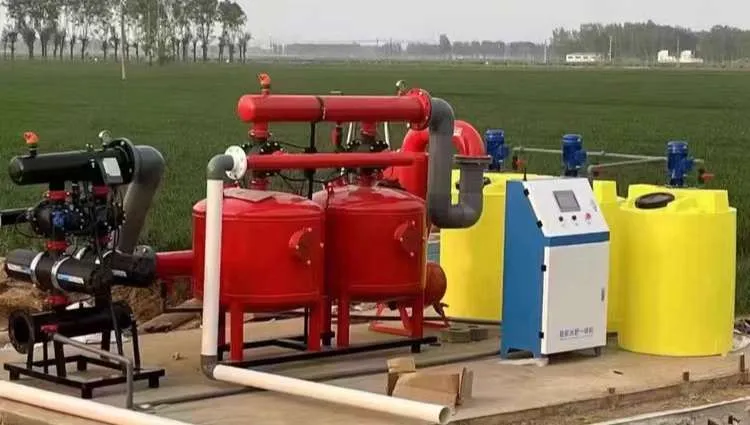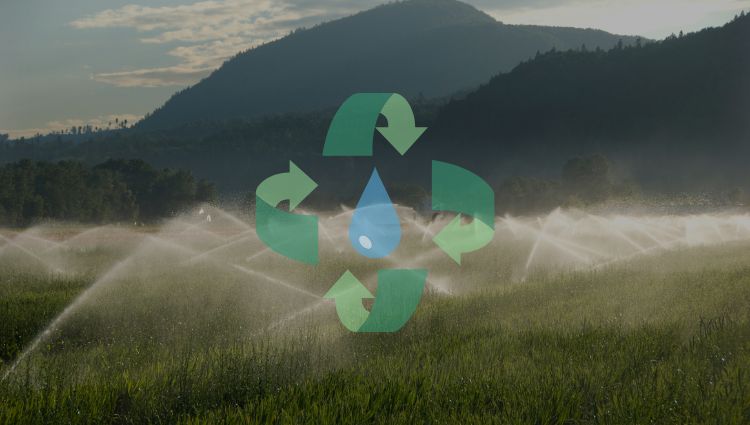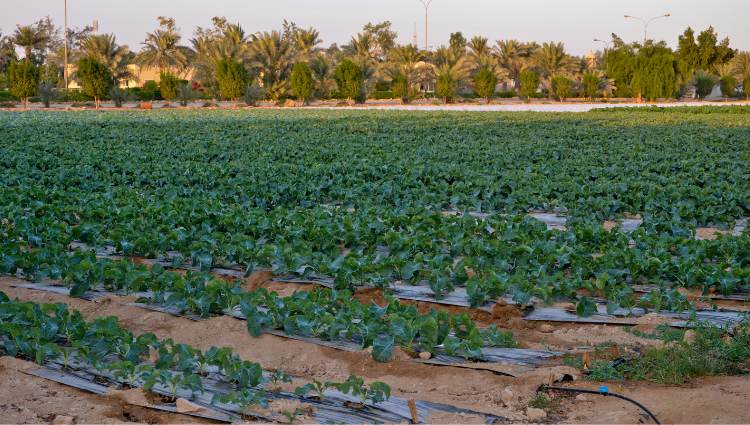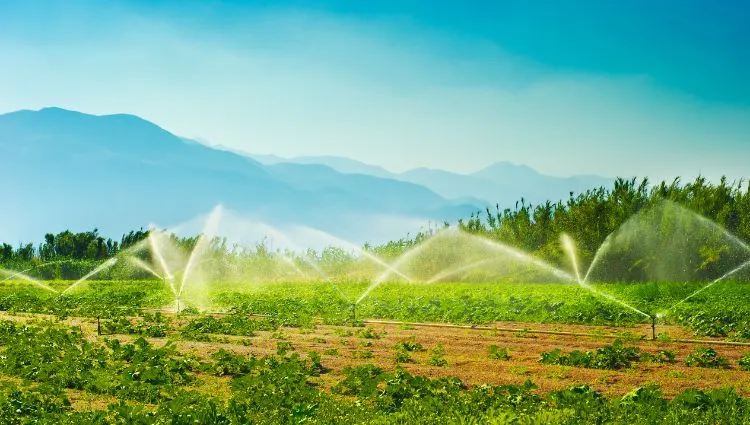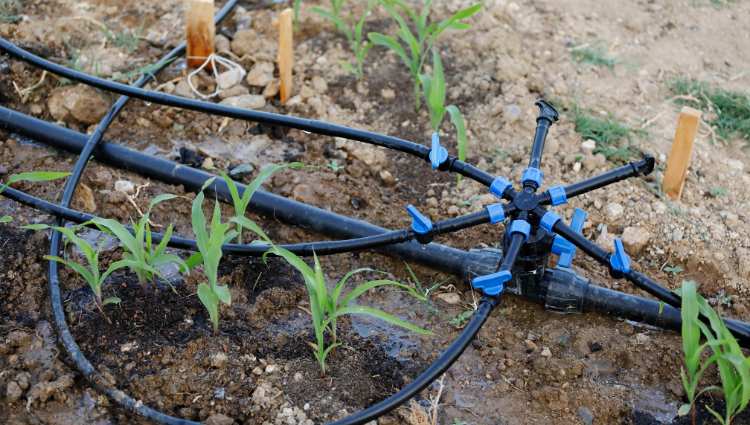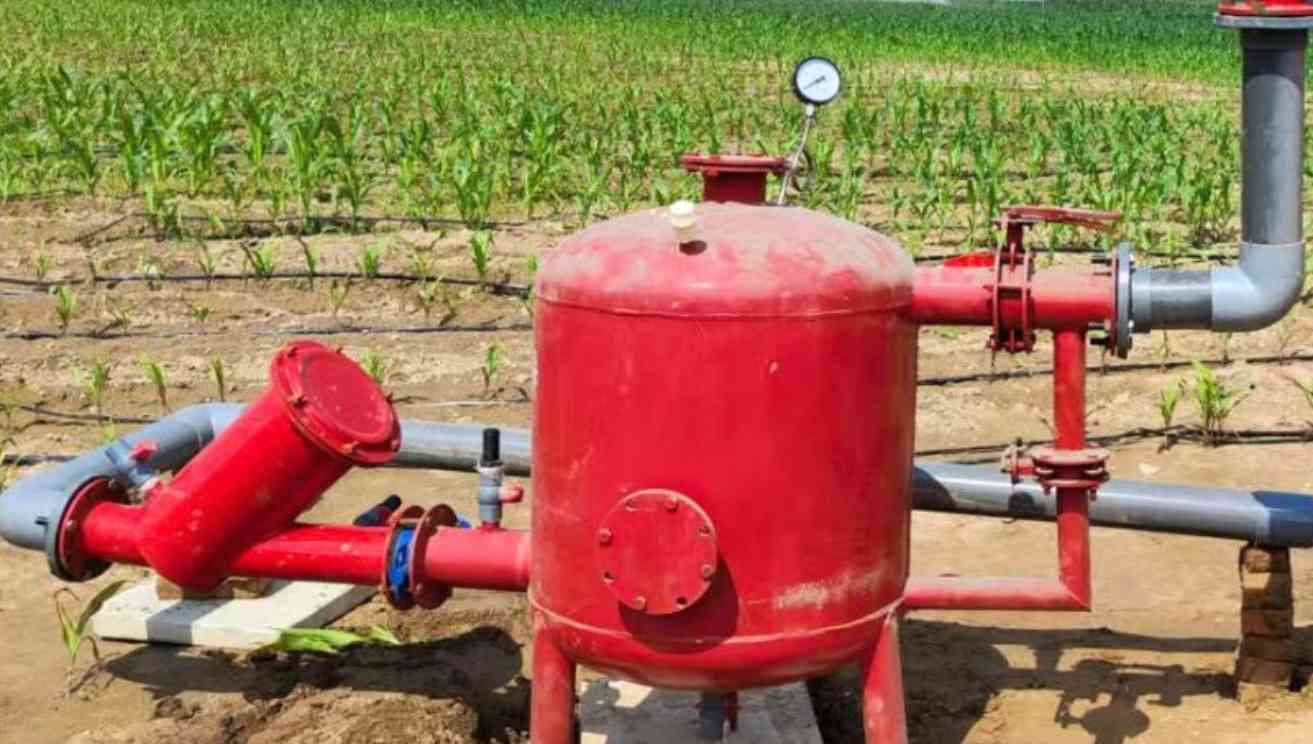Table of Contents
The fertigation system is a system that combines both irrigation and fertilization functions, and fertigation equipment is an important part of it. With it, fertilizers can be injected into the irrigation system, and finally, the mixed solution of fertilizer and water is delivered to the terminal through pipelines.
This post will give you a detailed introduction to fertigation equipment from three aspects: types, fertilization methods, and installation methods.
Types of Fertigation Equipment
At present, there are many different types of fertigation equipment on the market that can achieve water and fertilizer integration technology. According to the power source, they can be divided into two main categories: “pressure differential type fertigation equipment” and “injection type fertigation equipment.”
Pressure Differential Type Fertigation Equipment
This type of fertigation equipment mainly uses principles related to fluid mechanics, relying on pressure differences to irrigate with the water-fertilizer solution. It is mainly divided into pressure differential fertilizer tanks and venturi fertilizer injectors.
1. Pressure Differential Fertilizer Tank
A pressure differential fertilizer tank mainly consists of a fertilizer tank, inlet pipe, outlet pipe, and control valves. It can be connected to the main irrigation pipeline through a branch pipe to achieve mixing of water and fertilizer. The mixed water-fertilizer solution is then delivered back into the main irrigation pipeline through the outlet pipe and finally sent to the irrigation area. This completes the entire process.
The manufacturing process of a pressure differential fertilizer tank is relatively simple, and the cost is low. It does not require an additional power source, but instead uses the natural pressure difference of the water source to provide power, making it very energy-efficient. However, it should be noted that the solution concentration in the fertilizer tank is not easy to control, and sometimes there may be instability in concentration. Therefore, a pressure differential fertilizer tank is more suitable for rough irrigation methods and is not very suitable for precise fertilization requirements.
2. Venturi Fertilizer Injector
When using a venturi fertilizer injector, the valve can be slightly closed, creating a pressure difference on both sides of the valve. As the water flows through the venturi, the suction effect it produces draws the fertilizer into the irrigation pipeline.
The venturi fertilizer injector is low-cost, compact, and the concentration of the fertilizer it draws is relatively stable, making it very popular in the market. However, when the venturi fertilizer injector operates, it reduces pressure, which in turn reduces the flow rate of the solution.
Injection Type Fertigation Equipment
The difference between this and the pressure differential type is that it uses external mechanical equipment to provide power. The main devices include booster pumps, centrifugal pumps, mixing pumps, control valves, and filtration equipment. With the help of external power, this type of fertilization equipment has stronger fertilizer absorption capacity and can precisely control the water-fertilizer solution using control valves. However, correspondingly, its cost is also higher, making it more suitable for use in large irrigation areas.
Fertilization Methods
The fertilization methods in a water and fertilizer integration system are mainly divided into two types: suction type and injection type.
The suction type fertilization method uses a centrifugal pump to draw the water-fertilizer solution from the storage tank, and then uses the pump’s power to achieve a high-lift fertilization and irrigation effect. The advantage of this method is its simple structure, low cost, and ease of operation. However, its drawback is that due to its simple structure, it is not easy to control the concentration of the water-fertilizer solution, making the fertilization less precise.
The injection type fertilization method delivers the mixed water-fertilizer solution to the irrigation area through pressure pipes within the irrigation pipeline system. This method is more efficient than the suction type, and it also provides more precise control of the water-fertilizer concentration. Generally speaking, most mainstream fertilization equipment adopts this method, especially when combined with other equipment, allowing for intelligent water-fertilizer irrigation.
Installation Methods
The installation methods of fertilization equipment are divided into two types: inline type and bypass type.
The inline installation method directly installs the fertilizer pump on the main pipeline, and then the main pipeline delivers the mixed water-fertilizer solution through a mixing tank to the irrigation area. This installation method increases the head of the main pipeline but reduces the fertilizer suction capacity of the fertilization equipment.
The bypass installation method is more convenient. The water in the main pipeline is diverted into the fertilization equipment, and then the water-fertilizer solution is powered by the pump before merging back into the main pipeline. This method is suitable for use in mountainous or other complex terrains.
Final Words
This article has introduced the types of fertigation equipment, fertilization methods, and installation methods. I hope it will be helpful to you!
Finally, please allow me to introduce our company. Rainfaun is an irrigation product manufacturer headquartered in China. We produce and export products such as drip irrigation products, sprinkler irrigation products and fertilization equipment, including drip irrigation valve, drip irrigation fittings, dripline, drip tape, dripper, arrow drip stake, sprinkler, micro sprinkler, rain gun, filters, venturi fertilizer injector, valves, lay flat hose, PVC pipe fittings, PP fittings, BSP thread fittings, and so on. You can find information about Rainfaun and our products on this website.
If you would like to cooperate with us, you can click here to fill out the form.
Author: Michael
Editor: Michael
Content Reviewer: Michael
